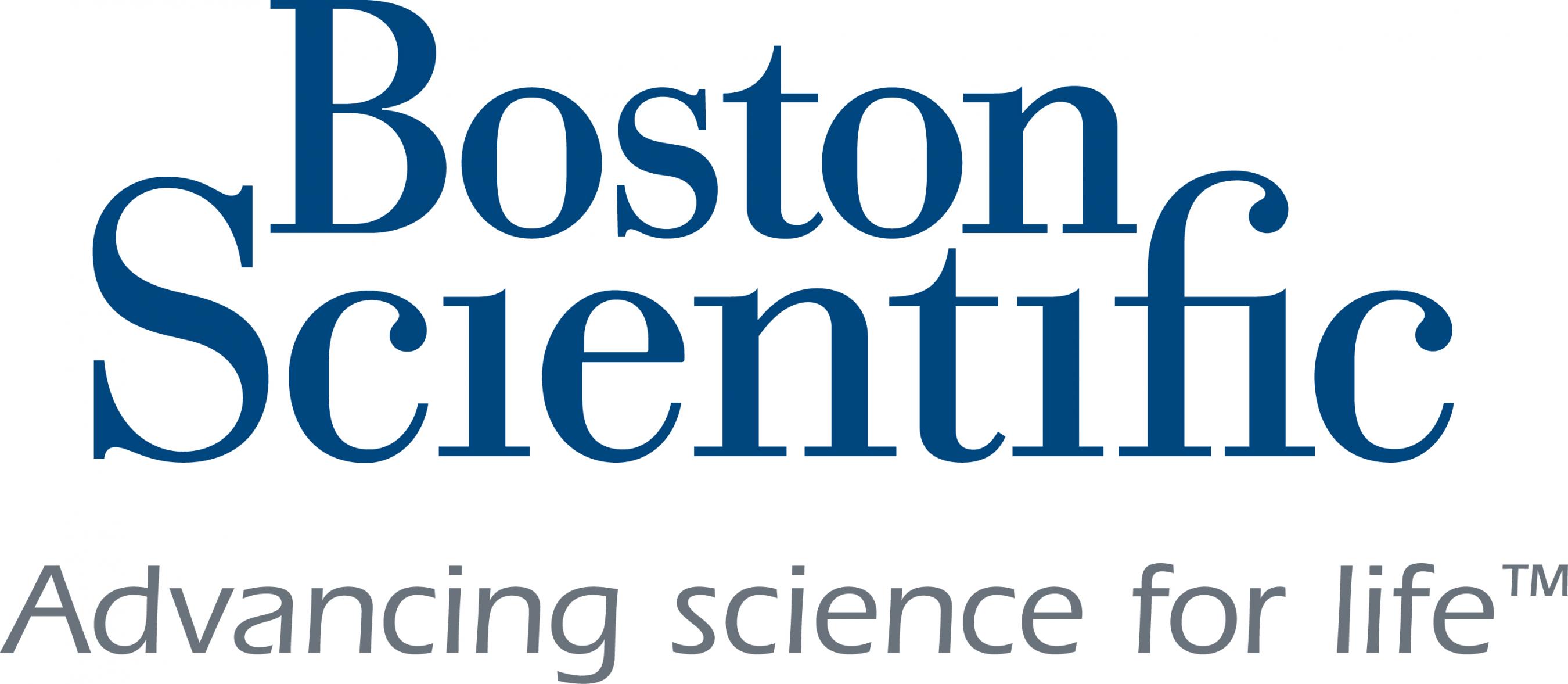About The Connected Patient Challenge
The Connected Patient Challenge is a great opportunity for entrepreneurs, researchers and innovators ready to advance their healthcare solution. The contest rules for this year's Challenge will provide more details for interested applicants.
Challenge Area of Interest I - Digital Health:

The complexity and rapid increase of data generated within healthcare systems opens up the opportunity to apply digital health technologies (including AI) to generate meaningful insights and aid clinical decision making.
The key categories of applications involve disease prevention, diagnosis and treatment recommendations, patient engagement and adherence, and administrative efficiencies.
Challenge Area of Interest II - Peripheral Vascular and Oncology:
 Seeking digital health solutions in peripheral vascular disease, clot management and interventional oncology to improve health care provider’s (HCP) ability to rapidly diagnose disease, identify the ideal treatment algorithm, simplify workflow or enable remote communication, engagement and clinical support. The ideal solution focuses empowering the health care provider to treat patients earlier, select the right therapy faster or more efficiently communicate vital details with other providers.
Seeking digital health solutions in peripheral vascular disease, clot management and interventional oncology to improve health care provider’s (HCP) ability to rapidly diagnose disease, identify the ideal treatment algorithm, simplify workflow or enable remote communication, engagement and clinical support. The ideal solution focuses empowering the health care provider to treat patients earlier, select the right therapy faster or more efficiently communicate vital details with other providers.
Solutions should focus on improving treatments in these areas:
- Pulmonary embolism: Potentially deadly blood clots, where time to intervention, therapy choice and identification of clot type/location are all critical to successful treatment. Patients may be referred from a variety of other HCPs or emergency room settings or, in some cases, managed in a hospital via a Pulmonary Embolism response Team (PERT).
- Peripheral artery disease: The narrowing of blood vessels in various parts of the body (frequently the legs), that can lead to challenges walking, chronic pain and a diminished quality of life. In its most severe form, critical limb ischemia, can lead to amputation of the affected limbs. Often underdiagnosed and undertreated with low patient awareness of the disease.
- Hepatocellular carcinoma: Primary liver cancer, often occurring in people with chronic liver diseases such as hepatitis. The disease is associated with generally poor outcomes, and is most prevalent in Asia. There are a variety of treatment options, and in some settings, physicians on a tumor board may discuss several alternatives before making a treatment recommendation.
- Glioblastoma: An aggressive type of brain cancer generally associated with poor outcomes. Diagnosed typically using an MRI, there are several treatment pathways and several more being researched.
